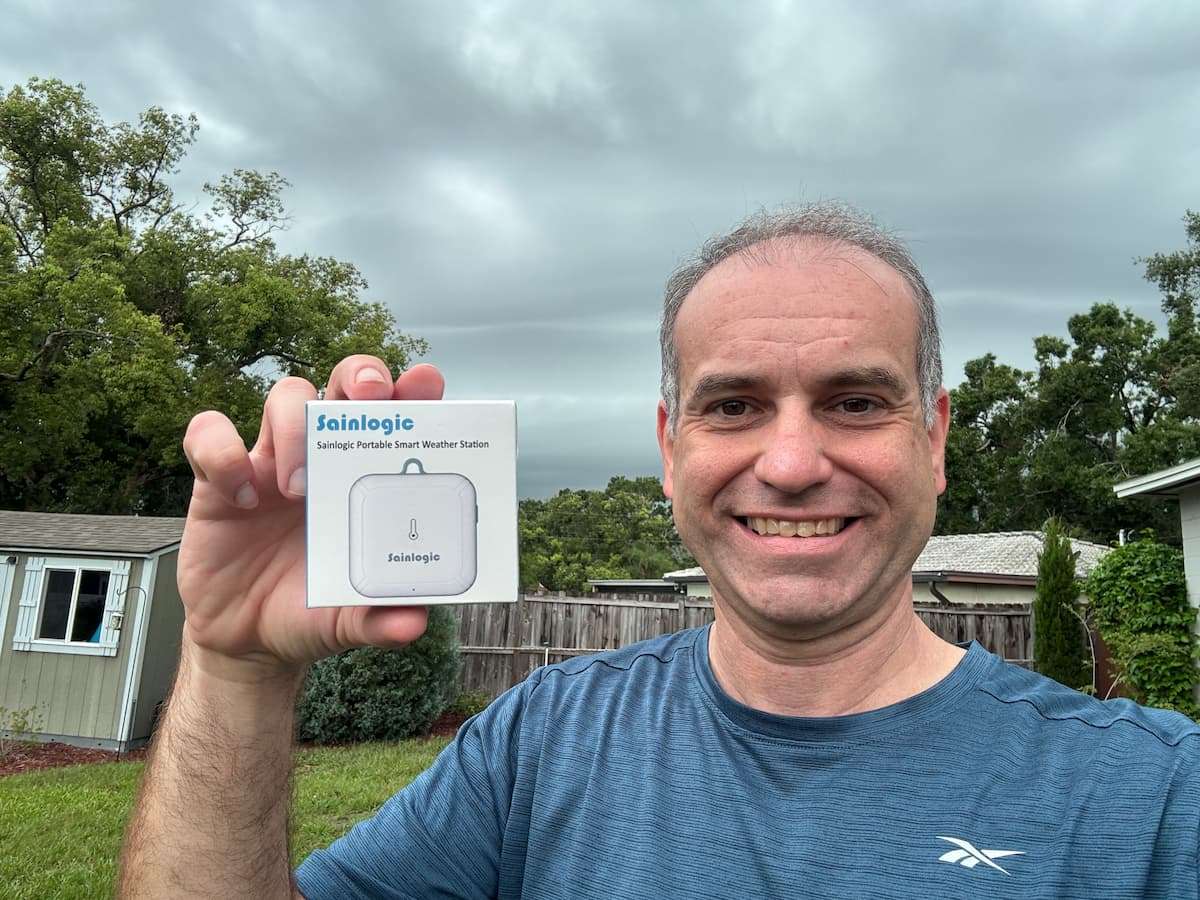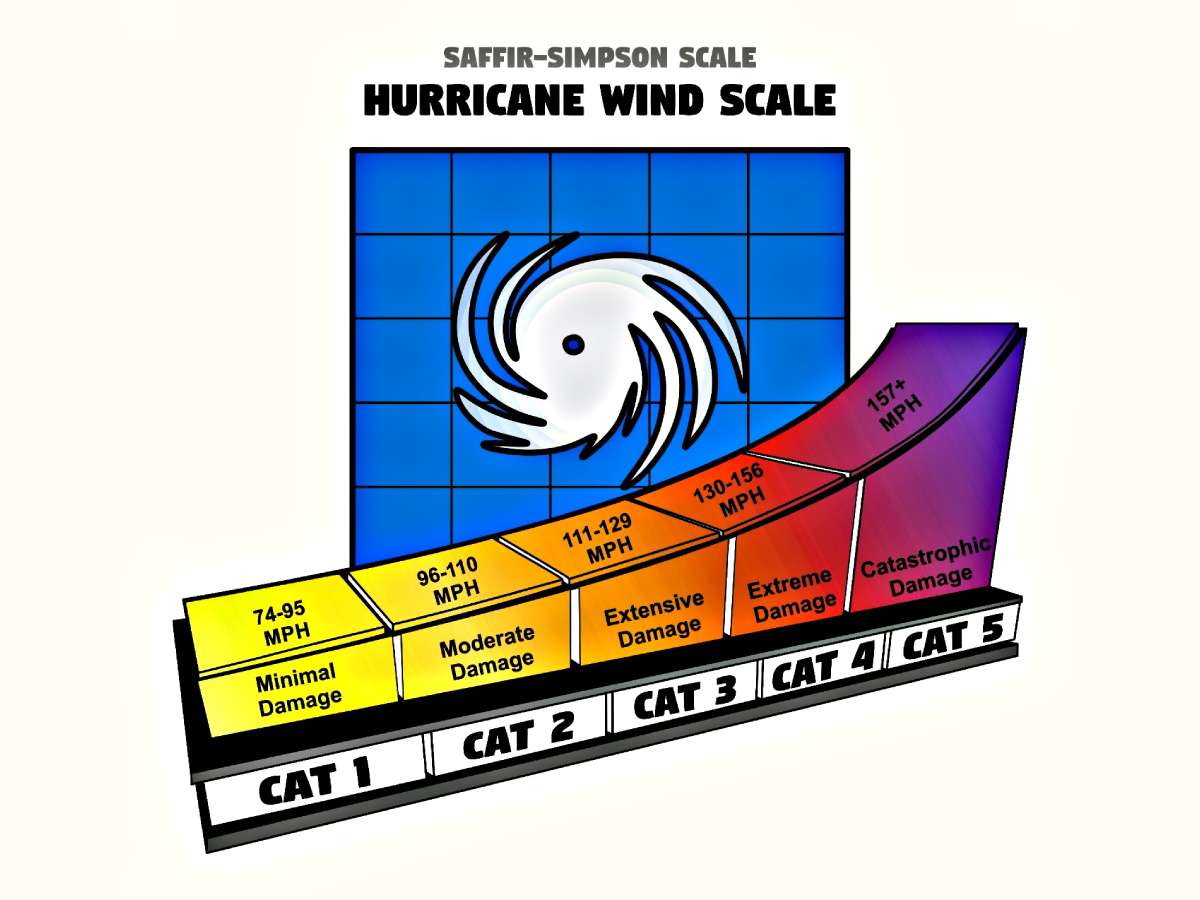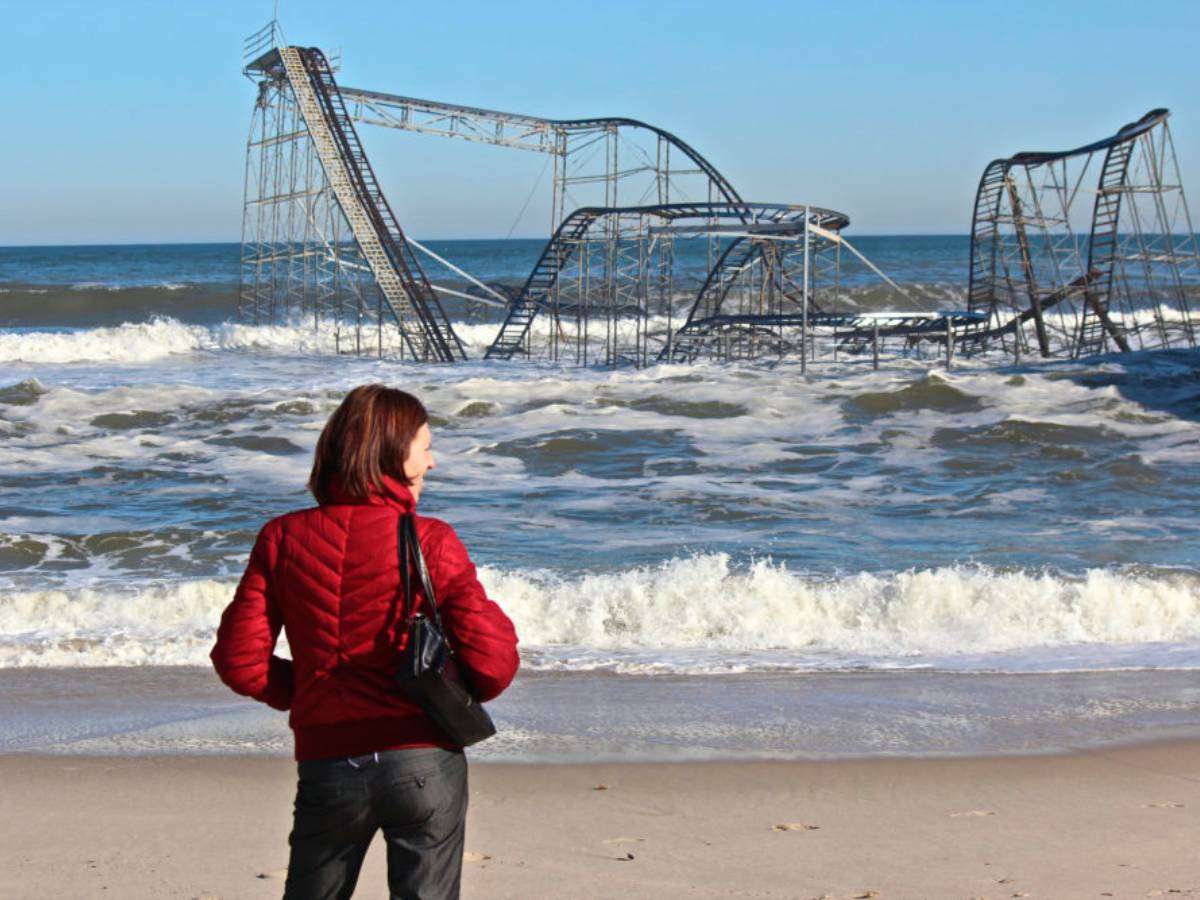Prepare Your House For A Hurricane
If you live in a hurricane zone, then you already know what kinds of damage a hurricane is capable of wreaking on your life.
The fact is, no one can be 100% prepared for a hurricane — because the path and strength of a hurricane are just too unpredictable.
But there ARE things you can do to lessen the damage that a hurricane can cause.
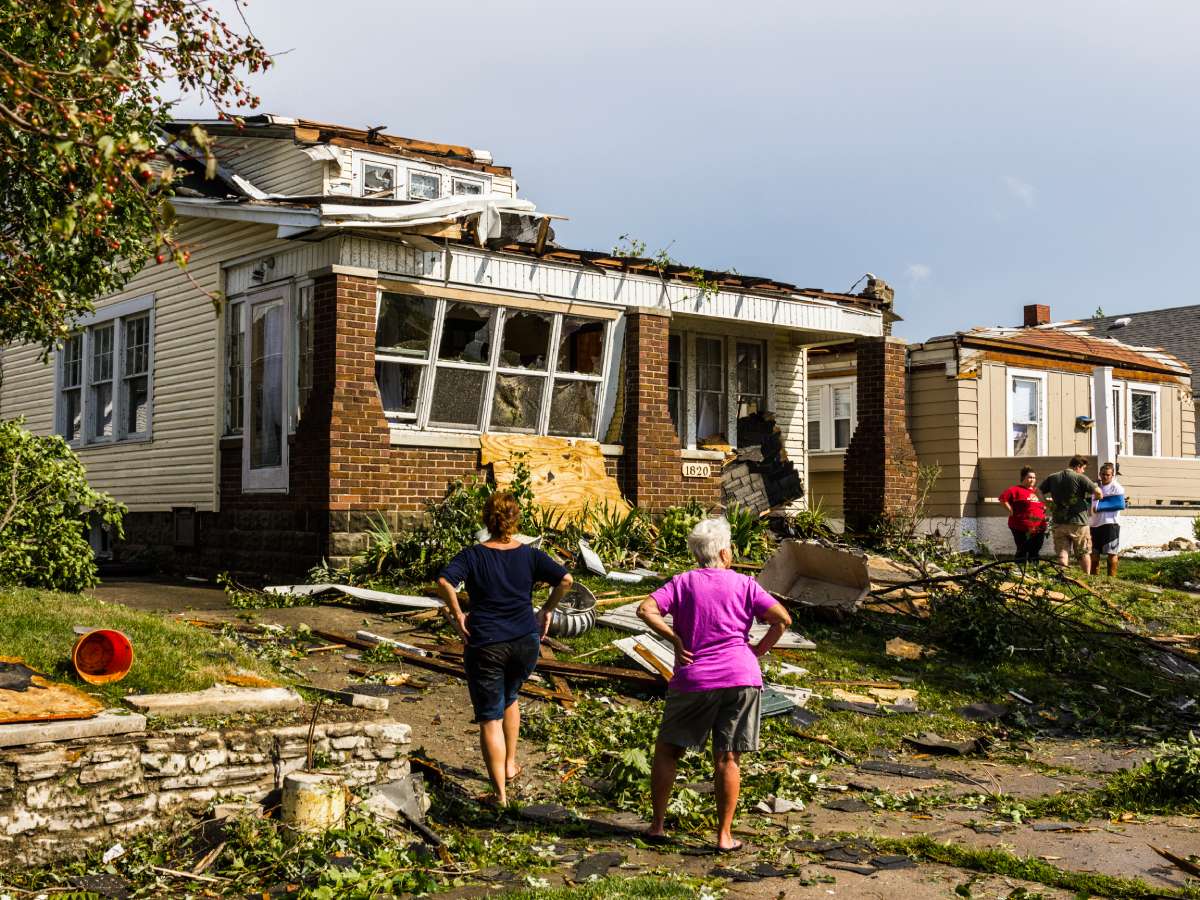
Here’s how to prepare your house for a hurricane…
How To Protect Your House From A Hurricane
Time needed: 2 days
Here are the 10 most important things you can do to PREVENT damage to your home, vehicle, and property before a hurricane blows through your town:
- Know exactly what you have inside your home.
With all the stuff that people collect, you may think it would be impossible to know every little thing that exists inside your home — but it’s actually not that hard to do.
Rather than trying to write everything down, consider video recording each room instead! Be sure to open drawers and boxes, and then record what is inside them.
This will allow you to also have a record of your belongings for insurance purposes — in the event that your personal property is destroyed or blown away. It will also give you a better idea of the things you need to replace, as well. - Pick up all items outside that could become projectiles during strong winds.
Anything lying around loose in your yard and on your property can become a projectile — causing damage to your home and to others.
By going around and picking up (or securing) items like garbage cans, bikes, and children’s toys BEFORE the storm hits, you will reduce the likelihood of those items hurting someone or becoming destroyed during the hurricane.
Also, unanchored fuel tanks can be taken away by flood waters, posing a danger to people, animals and the environment. Take the time to anchor your fuel tanks now. - Be prepared for your power to go out.
If you live in a hurricane area, it is a good idea to have a generator in the event the power goes out.
Trust me, you can just about guarantee that the power IS going to go out.
So, a generator could be the difference between being able to cook and clean after the hurricane has passed.
Also, be sure to raise your electrical system components as high as you can get them. If your fuse box or circuit breaker box get wet, they will most likely have to be replaced. There’s also the danger of fire when water and electrical things come into contact with each other, so having them up high prevents flood waters from reaching them. - Trim your trees.
It’s very easy for a loose branch (or even small branch) to become a projectile during hurricane-force winds.
You don’t want any branches from your trees destroying your property or anyone else’s. By trimming tree branches that could easily be broken off BEFORE the hurricane hits, you can minimize the damage.
If you don’t have time to do it, or you’re otherwise unable to do it yourself, there are businesses that will come and do the tree trimming for you. - Clear out your gutters & drains to prevent flooding of your basement.
Full gutters and drains will maximize the damage from a hurricane.
That’s why it’s wise to take some time BEFORE the storm hits to make sure gutters and downspouts are not clogged — or full of debris.
Clogged gutters would lead to severe flooding in your basement, and could very likely damage everything you keep down there. - Prepare your home’s windows.
If your windows get broken during the storm, there’s going to be very little you can do to protect yourself or the items inside your home.
Unfortunately, in the case of a hurricane, taping your windows isn’t going to cut it.
Instead you have 2 reliable options:
– Install commercial hurricane shutters — which you can then simply close right before the hurricane hits.
OR
– Purchase plywood that’s 5/8 to 3/4 of an inch thick. Cut the plywood so that it will fit completely over the window, and then use heavy-duty bolts to secure the plywood to the frame of the window.
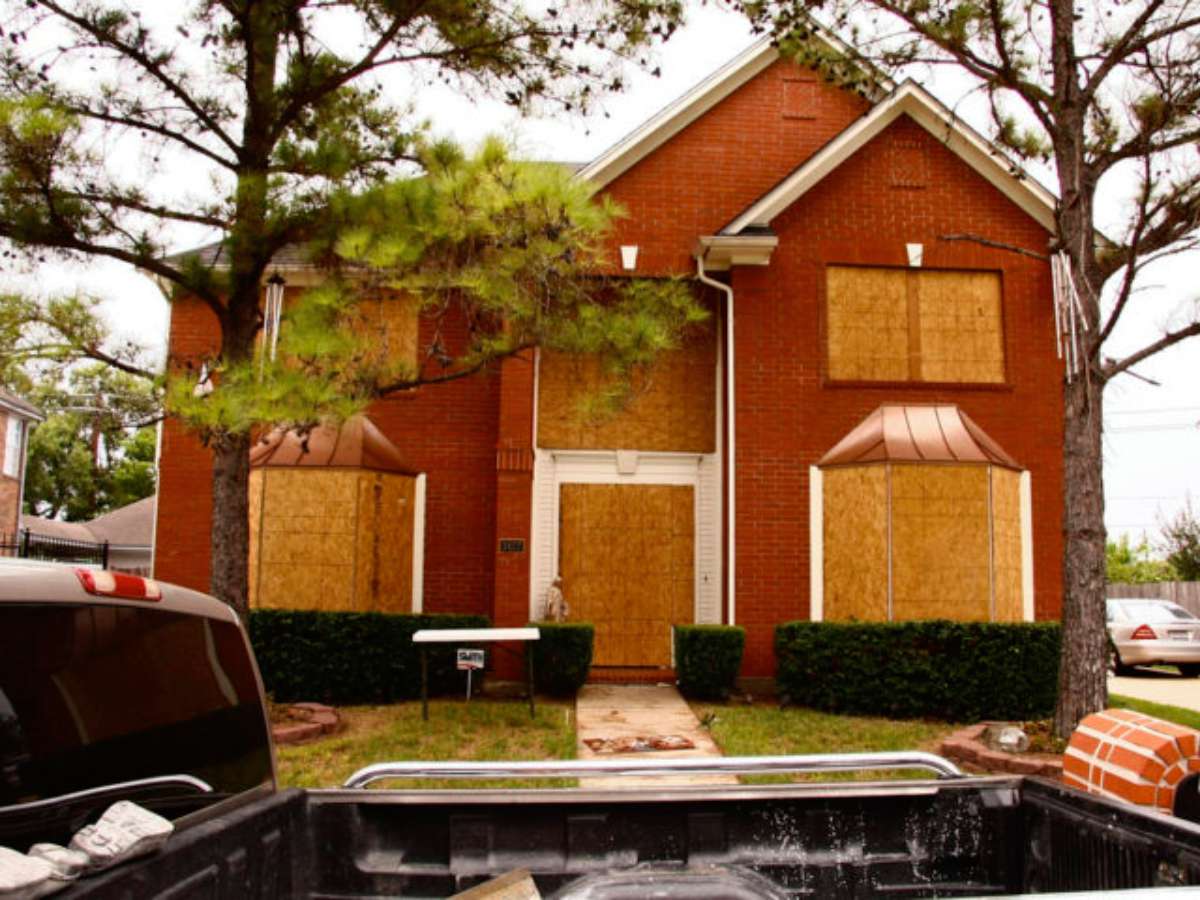
- Make sure all doors to the outside are attached by at least 3 hinges.
Also, make sure that your doors are firmly and securely attached to the frame of your house.
If doors are not securely attached to your home, hurricane force winds can easily blow them open — and possibly even break them off their hinges.
This would make your doors projectiles AND it would allow the storm to wreak further damage inside your home, as well. - Prepare your vehicle.
Hundreds of vehicles are damaged (or lost) in hurricanes every year. With a little prevention you can ensure that your vehicle will have a better chance of not being badly damaged during the hurricane.
Before the hurricane arrives, do this:
– Fill your car’s gas tank AND fill a gas can with fuel (in case gas stations remain closed for a long time)
– Close all of the car’s windows and doors
– Park on higher ground, if possible
– Pile sandbags around your vehicle
– Stuff a towel into the air filter box — so flood waters can’t get inside the internal workings of your vehicle
– Replace a weak battery & worn out windshield wipers, if necessary - Store all important papers and valuables away from your home.
Important papers are often the first things to go when a hurricane strikes — due to the flooding and high winds.
If you live in an area that is prone to hurricanes, you really want to keep all of your important papers off site — at your bank in a safety deposit box. - Get a weather radio.
You’ll need a way to stay connected to the experts who have a good eye on the area where you live. A reliable weather radio is a must!
Trust me, you will appreciate having a weather radio way more than you might realize right now.
Not only will a weather radio keep you informed and up-to-date about hurricane warnings, it will also let you know about local flood conditions, severe thunderstorms approaching in the area, tornado warnings and high winds, strong surf conditions, and more.
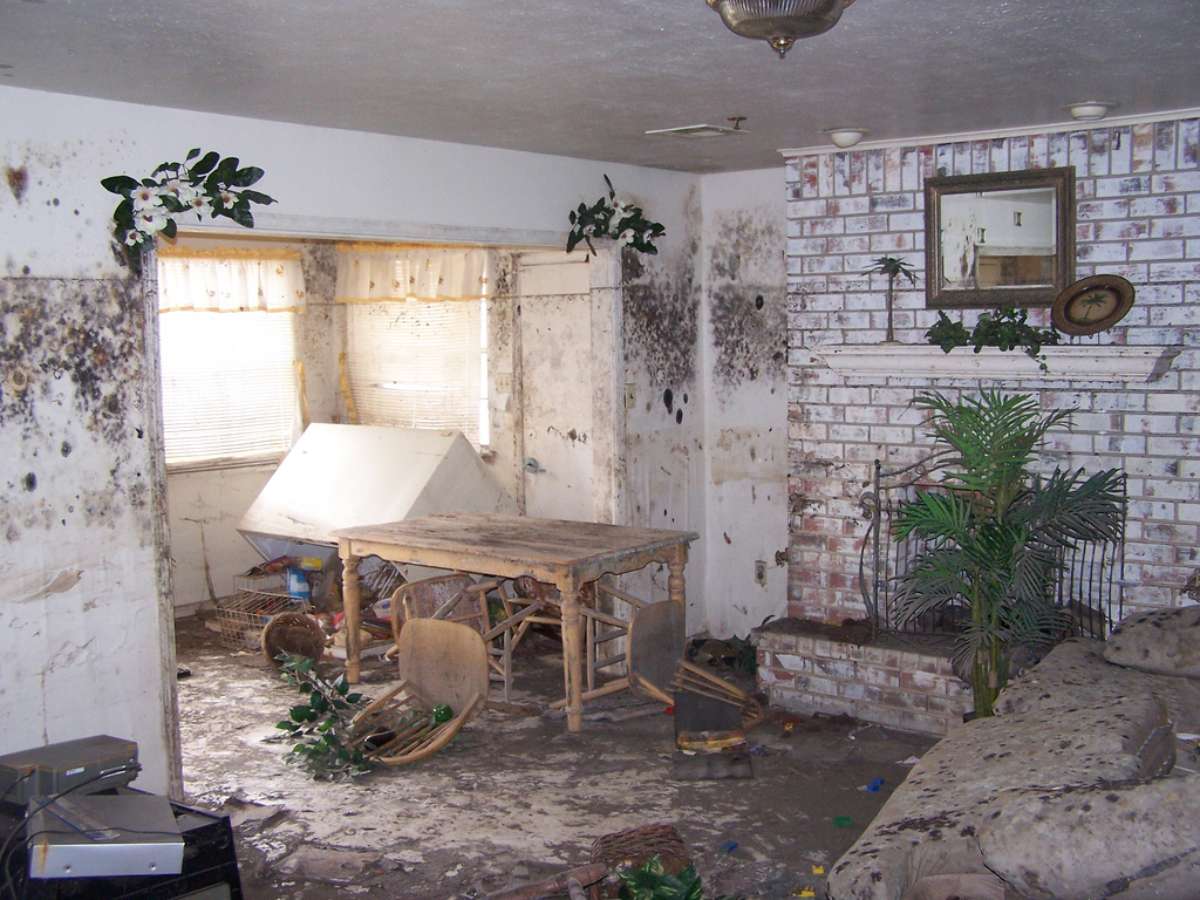
The Bottom Line
The most important thing here is the fact that to protect your house from a hurricane, you have to start early!
When you’ve prepared ahead of time… Then, the minute you know that a hurricane is coming, you will have a greater peace of mind AND your house & property will be much better protected.
Saving some of your property is better than losing all of it!
And if you have young children, here are some tips from a meteorologist to help you explain hurricanes to kids.
I hope you’ve found these tips summarizing how to protect your house from a hurricane helpful. Let me know if you have any questions.
If you’ve survived a hurricane in the past, feel free to share in the Comments below the specific things YOU did to prepare and protect your house from a hurricane.

